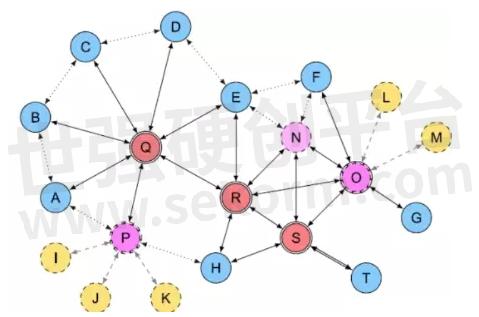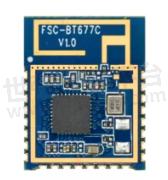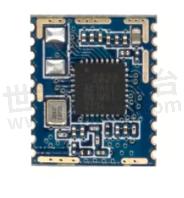Introduction to Bluetooth Multi Connection

There are more and more cases of connecting multiple Bluetooth devices in daily life. Below is an introduction to the knowledge of multiple connections for your reference.
Common Bluetooth single connection
Bluetooth single connection, also known as point-to-point connection, is the most common Bluetooth connection scenario, such as mobile phones, and vehicle on-board Bluetooth. Like most communication protocols, Bluetooth RF communication is also divided into master/slave devices, namely Master/Slave (also known as HCI Master/HCI Slave). We can understand HCI Master devices as "RF Clock providers", and the 2.4G wireless communication between Master/Slave in the air must be based on the Clock provided by the Master.
Bluetooth multi connection method
There are several ways to achieve Bluetooth multi connection, and the following is an introduction to 3.
1:Point-to-Multi Point
This scenario is relatively common (such as the printer BT826 module), where a module can simultaneously connect up to 7 mobile phones (7 ACL links). In the Point to Multi Point scenario, the Point device (BT826) needs to actively switch from HCI-Role to HCI-Master. After successful switching, the Point device provides a Baseband RF clock to other Multi Point devices to ensure the clock is unique. If the switching fails, it enters the Scatternet scenario (scenario b in the following figure)

2: Scatternet (c in the above figure)
If the multi connection scenario is relatively complex, multiple nodes are needed in the middle to relay. These relay nodes, should also serve as HCI Master/Slave (as shown in the red node in the above figure).
In the Scatternet scenario, due to the presence of multiple HCI Masters, there may be multiple RF clock providers, resulting in unstable network connections and poor anti-interference ability.
Note: In practical application scenarios, the existence of Scatternet should be avoided as much as possible
BLE MESH
BLE Mesh is currently the most widely used solution in Bluetooth networking (such as in the field of smart homes)
Mesh networking can achieve related communication between multiple nodes, which is a distributed networking method with many specific contents that can be directly inquired about.

3:Multi connection recommendation
We recommend a low-power (BLE) 5.2 module that supports Class 1 Bluetooth Modules. The FSC-BT671C uses the Silicon Labs EFR32BG21 chipset, including a 32-bit 80MHz ARM Cortex-M33 microcontroller that can provide a maximum power output of 10dBm. It can be used for Bluetooth Mesh networking applications and is widely used in fields such as lighting control and smart home systems.
Related products

EFR32BG21 Bluetooth Module BLE 5.2 SIG-Mesh | FSC-BT677C

Silicon Labs Bluetooth Module SIG MESH | FSC-BT671C

Long Range Module Bluetooth Mesh Module | FSC-BT681
FSC-BT671C Features:
Low Power Bluetooth (BLE) 5.2
Integrated MCU Bluetooth protocol stack
Class 1 (signal power up to+10dBm)
Bluetooth BLE mesh networking
The default UART baud rate is 115.2Kbps, which can support 1200bps to 230.4Kbps
UART, I2C, SPI, 12 bit ADC (1Msps) data connection interface
Small size: 10mm * 11.9mm * 1.8mm
Provide customized firmware
Supports over-the-air (OTA) firmware updates
Working temperature: -40℃~105°C
Summary
Bluetooth multi connection has accelerated the pace of convenience in life. I believe there will be more Bluetooth multi connection applications in life.
- +1 Like
- Add to Favorites
Recommend
- Introduction to the Application of Bluetooth Charge Point
- One of the Embedded Bluetooth Module SPI—Blank Module
- Is Bluetooth Module Better Than WiFi Module and Which One Can Solve Your Connection Needs?
- How To Choose Bluetooth Module Performance Indicators?
- Ultimate Guide of the Smallest Bluetooth Module 5.1
- Small Size PCB Bluetooth Module Development
- RF-STAR Bluetooth Module RF-BM-4077B2 with Ti Car Specification Chip CC2640r2f-q1 Supports Bluetooth 5.0
- Bluetooth Module Datasheet: The Main Uses and Advantages for Industry 4.0
This document is provided by Sekorm Platform for VIP exclusive service. The copyright is owned by Sekorm. Without authorization, any medias, websites or individual are not allowed to reprint. When authorizing the reprint, the link of www.sekorm.com must be indicated.





























































































































































































































































































































































































































































































































































































































































































































































































































































































